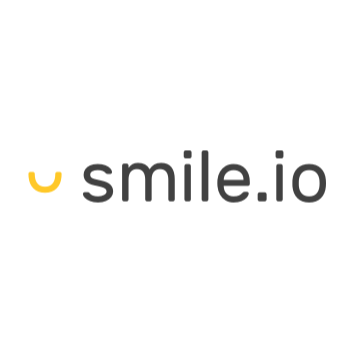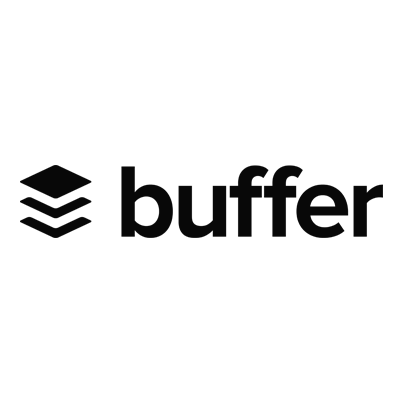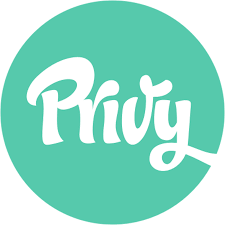How We Started A Caffeine Gum Product, Sold 12 Million Pieces, And Landed A Deal With CVS
Hello! Who are you and what business did you start?
Hey there! My name is Ryan Chen and I am the co-founder of Neuro, a functional gum, and a mint company that delivers energy, clarity, and focus in a minty and refreshing way.
Back in October 2015, one of my best friends from college (Kent Yoshimura) and I began developing the idea for Neuro when we realized there was a lack of portable, healthy, or effective alternatives to energy drinks or supplements. Both Kent and I trained in athletics at a national level and to find products that would help us balance life and school was nearly impossible.
During a scuba diving trip, we realized that there had to be a better way to get energy, clarity, and focus that was shareable and can be taken anytime, anywhere… And immediately, in the form of gum and mints!
Now with over 12 million pieces sold, we have customers ranging from college students to senior citizens - all people looking for a little boost for their body and mind.
We currently do ~$500k in monthly revenue, largely due in part to our over 25% repeat customer rate and our retail footprint in over 6,500 locations including 5,000 CVS stores. Who knew gum and mints could...

Download the report and join our email newsletter packed with business ideas and money-making opportunities, backed by real-life case studies.

Download the report and join our email newsletter packed with business ideas and money-making opportunities, backed by real-life case studies.

Download the report and join our email newsletter packed with business ideas and money-making opportunities, backed by real-life case studies.

Download the report and join our email newsletter packed with business ideas and money-making opportunities, backed by real-life case studies.

Download the report and join our email newsletter packed with business ideas and money-making opportunities, backed by real-life case studies.

Download the report and join our email newsletter packed with business ideas and money-making opportunities, backed by real-life case studies.

Download the report and join our email newsletter packed with business ideas and money-making opportunities, backed by real-life case studies.

Download the report and join our email newsletter packed with business ideas and money-making opportunities, backed by real-life case studies.
































